Managing Non-Native Plants & Noxious Weeds
A different perspective on how we manage undesirable plants
It’s funny what we appreciate. As I look up at this gnarly tree, I see the awful thorns, the strange inedible fruit, and the grassland it’s invading. “What a horrible tree.” I pause and laugh at the irony. I can’t think of a more hated, yet useful tree.
Where I’m from we call it hedge because of the plains settlers who planted it as living fences. If you want a wood fence post that will last a lifetime - build it from hedge. Others know it as Bois D’arc, (bow wood), so valuable the native people traveled 2000 miles for it. I think of the times I burned it for firewood - the hottest burning in North America. Even the root, a natural dye, earned it the name Osage Orange. I could go on and on about the uses for this tree and yet, it is not loved.
Hedge Ball, the inedible fruit from the hedge tree. The primary eater and spreader of the fruit is extinct. Today it is mostly enjoyed by squirrels and used in Fall decor.
At home in the Flint Hills, this tree is an invader. We like our prairies to stay a prairie and a tree like hedge - not a welcome resident. It’s not technically native to our area. Or is it?
As one of the most endangered ecosystems in the world, the Tallgrass prairie's greatest threats are woody encroachment and noxious weeds
Its native range is along the Red River in Texas. But, if we back up 15,000 years, Hedge was widespread in North America. That strange inedible fruit, the hedge ball, had an essential use. It was food for the Mastodons and giant ground sloths of the Pleistocene (Ice Age). They were the primary spreader of the seed and the reason the tree developed protective thorns. 11,000 years ago, that all changed. The megafauna of North America died out, that massive extinction of the megafauna was due to climate change. At least that’s what I was taught. Recent theories suggest that it was the arrival of humans (15,000 - 20,000 years ago?) to the continent that played a pivotal role.
38 species of giants roamed North America during the Pleistocene. From Giant Beavers weighing 150 pounds to the Glyptodon, a giant armadillo-like creature weighing over 2 tons!
You might say there’s a learning curve when a new species comes to a new land. It’s very apparent with Europeans coming to North America. Eventually, the early humans learned to become part of the landscape and became what we call the native, or indigenous people.
Native. Not-native. Now native. What does it mean to be native? Are we too obsessed with this? Don’t get me wrong, I’m not saying we shouldn’t do our part to stop the spread of non-native species. Over time that plant or animal will become “naturalized” to its environment, just like the Native people did. Nature has plenty of time to wait, but for us humans - we don’t have time for that! So what are the options? Elimination is practically impossible once a new species takes hold. That leaves us one option - management.
Sericea lespedeza (Lespedeza cuneata), one of the invaders of our prairies can be devastating without management
“Manage for what you want.” Have you heard that one before? Sometimes it feels like we’re at war. There’s always another invader and once we learn how to manage it, a new invader becomes the next enemy number one. Are we gaining ground? Or are we getting lost in the trees? What about the grass? How could we manage for a healthier prairie, one that is more resilient to invaders and create conditions that aren’t favorable to the invaders? I’m not saying we shouldn’t manage those invaders. I do wonder what those plants are telling us about the health of our landscape.
As I stare up at this tree I’m reminded of another use - a planting calendar. Back home, the old timers would say, “When the hedge leaves are the size of squirrels’ ears, it’s time to plant corn.” I wonder what other things this tree might tell us if we took a second to listen.
Hedge rows were once used as living fences and windbreaks






